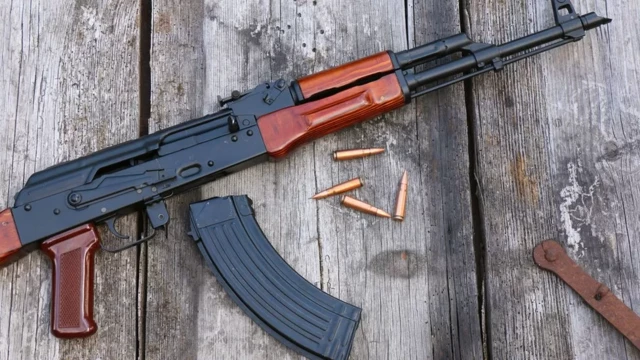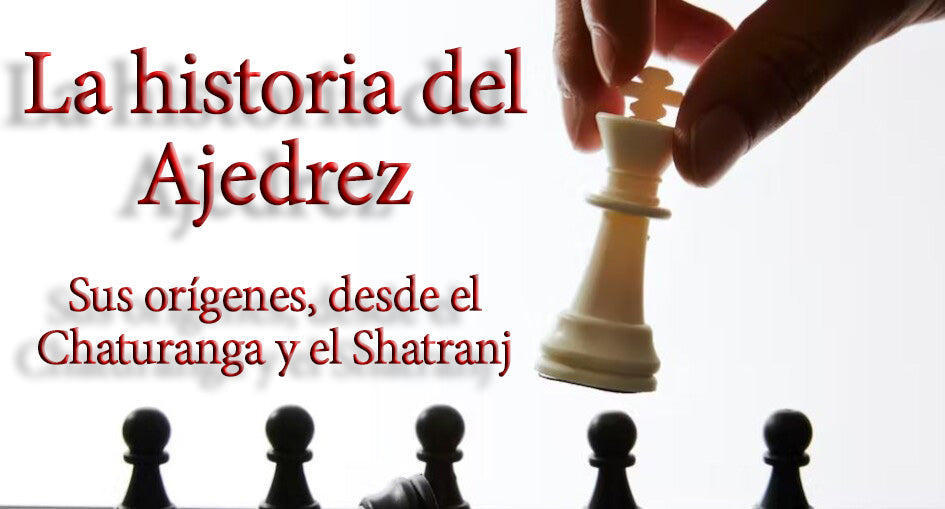The Colt .45, also known as the Colt Single Action Army (SAA), is one of the most iconic revolvers in the history of arms.
Introduced in 1873 by Colt's Patent Firearms Manufacturing Company, this weapon marked a turning point in both the military and popular culture of the United States.
This article explores its origins, technical development, historical uses, and the legacy that has kept it relevant today.

Origin: a military and technical necessity
The idea for the Colt .45 arose after the American Civil War, when the army was looking to replace its percussion revolvers with more modern firearms.
Engineer William Mason, along with Charles Brinckerhoff Richards, designed the Colt Single Action Army, specifically for the .45 cartridge. This cartridge was also developed by Colt in collaboration with the Union Metallic Cartridge Company (UMC) ammunition firm, and offered high power, a highly valued characteristic at the time.
In 1873, after comparative evaluations, the US Army adopted this model as its standard issue weapon, recognizing its reliability, power, and ease of use.
Its single-action design required the shooter to cock the hammer before each shot, providing safety without sacrificing speed.

Technical characteristics
It originally featured a six-round rotating cylinder, a 7.5-inch barrel in its standard military version, and a sturdy steel frame. The .45 Colt caliber (11.43 mm) rifle provided considerable power, making it especially effective in close combat.
Later, Colt produced variants with shorter barrels, such as the 5.5-inch and 4.75-inch barrels, intended for civilians, law enforcement, and cavalry units.

Historical evolution
Although the Colt SAA was replaced in the military in 1892 by the Colt M1892 double-action .38 revolver, the Colt .45 returned to service during the Philippine War (1899–1902).
There it was discovered that the .38 caliber did not have the necessary stopping power in close combat, so the revolver was temporarily revived until the arrival of the Colt M1911, also in .45 caliber, but semi-automatic.
Commercial production of the Colt SAA continued for decades, ceasing briefly in 1941. However, high civilian demand, driven in part by Western films, led to its resumption in 1956, thus beginning the second generation of the model.
To this day, it continues to be produced in limited series, both by Colt and by other manufacturers under license or in the form of replicas.

Civil and cultural uses
The Colt .45 wasn't just a military weapon. Cowboys, ranchers, sheriffs, and outlaws of the Old West adopted it as a defensive tool, a symbol of authority, and a piece of prestige.
He earned the nickname "The Peacemaker," an ironic term given that he was more often an instrument of violence than peace.
The Colt .45's influence on popular culture is undeniable. 20th-century films, novels, and comics transformed it into the quintessential revolver of the Old West, reinforcing its iconic status.
Historical figures such as Wyatt Earp, Bat Masterson, and Buffalo Bill Cody were portrayed carrying this weapon, and their image lives on in museums and private collections.

A legacy of steel and gunpowder
The Colt 45 is more than a firearm; it's a living piece of firearms history.
Its design, efficiency, and role in the expansion of the American West have made it a technical and cultural symbol of an era.
Although today its use is primarily ceremonial, sporting, or collector's, its silhouette and historical resonance remain firmly etched in the collective memory.










